The gaming industry has always been about pushing boundaries, but what we're witnessing now feels different, like watching two parallel universes slowly merge. Picture this: you're in a virtual skydiving match with friends, and it doesn't matter whether they're wearing a Quest 3, streaming from their Steam Deck, or using some future ASUS headset we haven't even seen yet. That's no longer sci-fi; it's the natural result of what happens when Meta opens up the Quest VR platform to third-party hardware makers like ASUS, Lenovo, and Microsoft.
The convergence makes sense when you zoom in on the pieces. The Quest 3 offering approximately 9.3 million combined pixels across its dual displays means cockpit gauges look crisp, distant terrain holds detail, and text isn't a blurry guess. Meanwhile, the Steam Deck proved that high-end gaming doesn't need to live on a desk, laying groundwork for portable processing that can drive serious VR. That pixel density plus handheld-grade horsepower is the sweet spot where cross-platform aerial gaming stops sounding ambitious and starts sounding inevitable.
The physics of virtual skydiving: where realism meets gameplay
Here's where it gets fun for the nerds and the thrill seekers. Authentic aerial VR isn't about pretty clouds and whooshing wind. It lives and dies on physics so convincing your inner ear leans in.
Real projects have run into this wall. Teams building skydiving simulators found that off-the-shelf physics solutions prove inadequate for achieving authentic skydiving experiences. Think about that. Unity and Unreal are beasts, with decades of tooling behind them, yet they still fell short of modeling a body carving through air at terminal velocity.
Players notice. Users expect simulations that feel remarkably authentic, not jerky and lacking in fluidity. Fooling the eyes is one thing. Fooling the whole vestibular system is another, and it pushes teams toward deep research into physics, including studying wind coefficients and treating the project with the precision of rocket science.
Get that foundation right and cross-platform suddenly clicks. A physics calculation that models air resistance and body dynamics should agree anywhere, whether it runs on Quest 3's Snapdragon XR2 Gen 2 or on a Steam Deck's AMD APU with results streamed to a headset. The hard part shifts from platform-by-platform tuning to building math that holds up across very different performance envelopes.
Device compatibility: breaking down the hardware barriers
Device compatibility is evolving from hurdle to design canvas. We're not merely making games boot across platforms, we're shaping experiences that flex to whatever hardware you have on your face or in your hands.
Today's integration shows both friction and promise. The Steam Deck can connect to Meta Quest 2 or 3 headsets using third-party apps like Immersed, though it currently works only in desktop mode for 2D games. That isn't just a software quirk. Streaming VR means wrestling with ultra-low latency, the kind that keeps motion sickness at bay. Traditional game streaming can survive 50 to 100 milliseconds of lag, while VR needs to stay under 20.
The bigger unlock is how Meta's partnership with hardware manufacturers gives developers a wider range of devices to target while keeping the ecosystem coherent. It echoes handheld gaming's shift, where Valve created the blueprint and effectively the market for handheld gaming PCs.
And it rides on market gravity. Quest headsets already have the lion's share of the VR headset market and plenty of developer support, which gives teams confidence to build once and ship broadly. Instead of splintering, the ecosystem standardizes the dev experience while letting hardware makers experiment. That frees aerial games to invest in physics and multiplayer rather than wrestling with a dozen platform-specific quirks.
Evolution of VR locomotion: from teleporting to natural movement
The way we move in VR has quietly changed, and aerial design rides that wave. Teleport used to be everywhere. It's fading.
The numbers back it up. We're seeing a decline in teleportation usage, with prevalence dropping from 48% of titles in 2016 to just 18% in 2023. At the same time, arm-tracked grabbing locomotion techniques such as climbing have surged from 3% in 2016 to over 30% annually between 2020 and 2023.
Why it matters here is simple. Teleport is easy to compute and consistent across devices, which helped early on. Natural movement, like climbing or smooth glide, demands better tracking, tighter performance, and careful calibration that works across different rigs.
For aerial games, that shift is a gift. You can't teleport mid freefall without breaking the spell. Continuous movement lets developers keep the physics intact and the immersion unbroken, then scale tracking fidelity to each device's strengths.
There's also a useful hybrid in the wild. Despite academic love for walking-based systems, room-scale tracking is most often paired with conventional controller joystick sliding locomotion in shipped titles. That combo is great for cross-platform design, since higher-end tracking can shine while simpler setups lean on sticks, all without losing the core feel.
Technical specifications that make cross-platform gaming possible
Let's talk hardware reality. Aerial VR has tough requirements, but it also hides a few elegant shortcuts.
Processing power is the obvious hurdle. Quest 3 runs Qualcomm Snapdragon XR2 Gen 2, while Vision Pro uses Apple M2 with an R1 sensor processor, a sizable gap. That said, sky scenes scale well. You're simulating atmosphere, distant terrain, and particles more than dense interiors with heavy textures and dynamic lights. The sky is, well, mostly sky.
Smart teams lean into that. Level-of-detail systems can dial both visuals and physics. A high-end device might track micro air currents and nuanced pressure changes, while a lighter device sticks to core forces that keep gameplay consistent without melting the battery.
Speaking of batteries, there's a practical equalizer. Quest 3, Quest Pro, and XR Elite deliver around 2 hours of use, matching Vision Pro's general usage time. Designers can plan sessions with similar lengths across platforms, so play patterns don't feel wildly different from one headset to another.
The glue is standardization. All major platforms support OpenXR, which gives developers a common language for hand tracking, spatial positioning, and rendering pipelines.
Thanks to that, scenarios that sounded fanciful a few years back now feel routine. Some players run aerial sessions natively on Quest 3, others stream from gaming PCs to lightweight headsets, and future folks join on ASUS or Lenovo devices that haven't launched yet. The physics and game logic stay the same; OpenXR translates the rendering and input per device.
Where aerial VR gaming soars next
This convergence is about more than compatibility, it's reshaping how we think about shared virtual spaces. When device choice becomes preference instead of a gate, you unlock new kinds of play that shrug off physical distance and hardware differences.
The tools are already leaning that way. Unity's multi-platform capabilities enabling creation of immersive 2D, 3D, AR, and VR experiences now help build apps that adapt to each platform's strengths. Advanced aerial games showcase it with physics engines that can deliver seamless and genuinely immersive experiences while auto-scaling complexity to match processing power and tracking.
As devices from ASUS, Lenovo, and Microsoft enter development, aerial VR looks like a proving ground for broader collaboration. The same physics that make freefall feel right can power virtual builds, architectural walk-throughs, and classes where spatial reasoning beats photorealism.
The social side is ripe too. Picture aerial racing leagues with physics-first courses, where hardware fades into the background. Or cooperative building in three dimensions, teams sketching and assembling floating structures while sharing the same flight model across every device.
The tech base is hardening fast. The creative side is just getting started. We're finally inching toward platform-agnostic VR where imagination and physics set the boundaries, not compatibility checklists or platform turf wars. That's the future worth chasing.





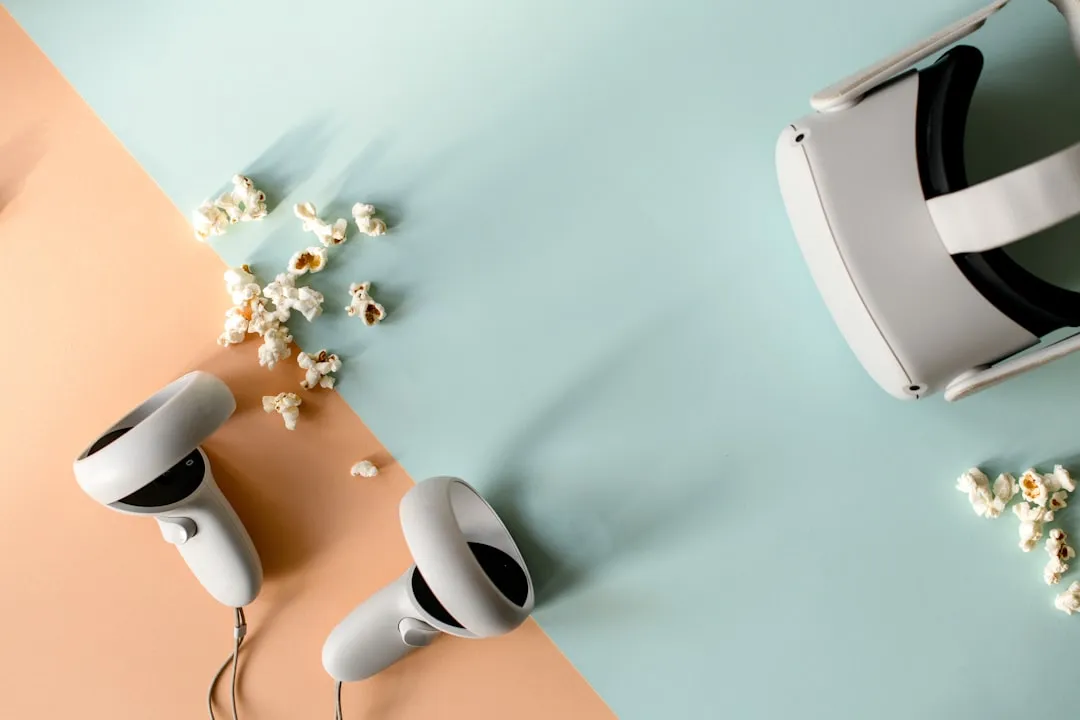
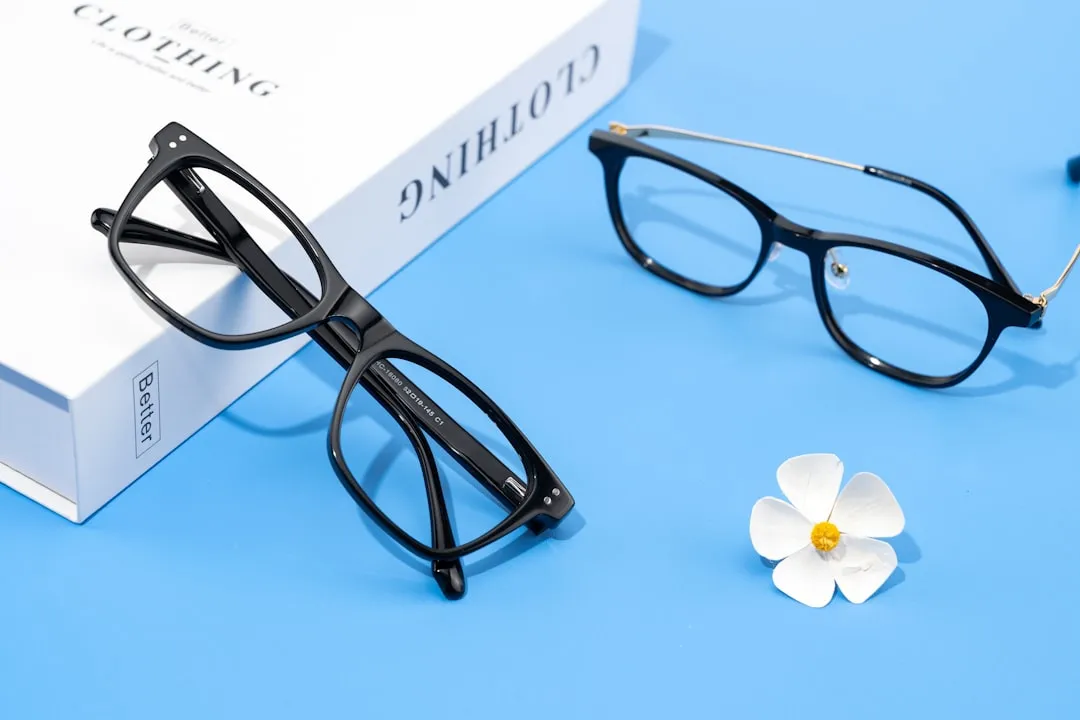
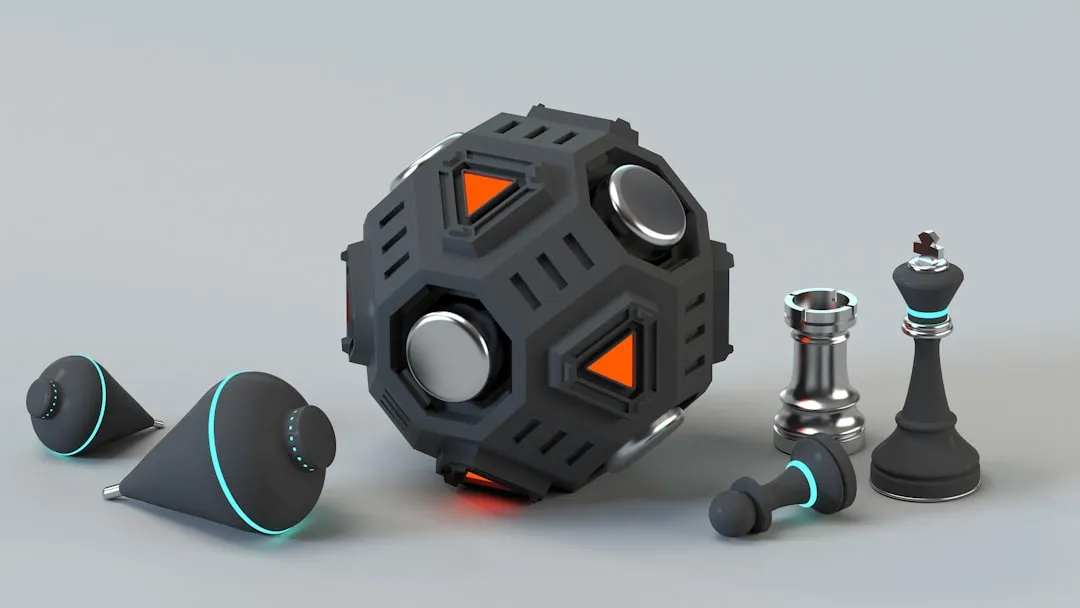

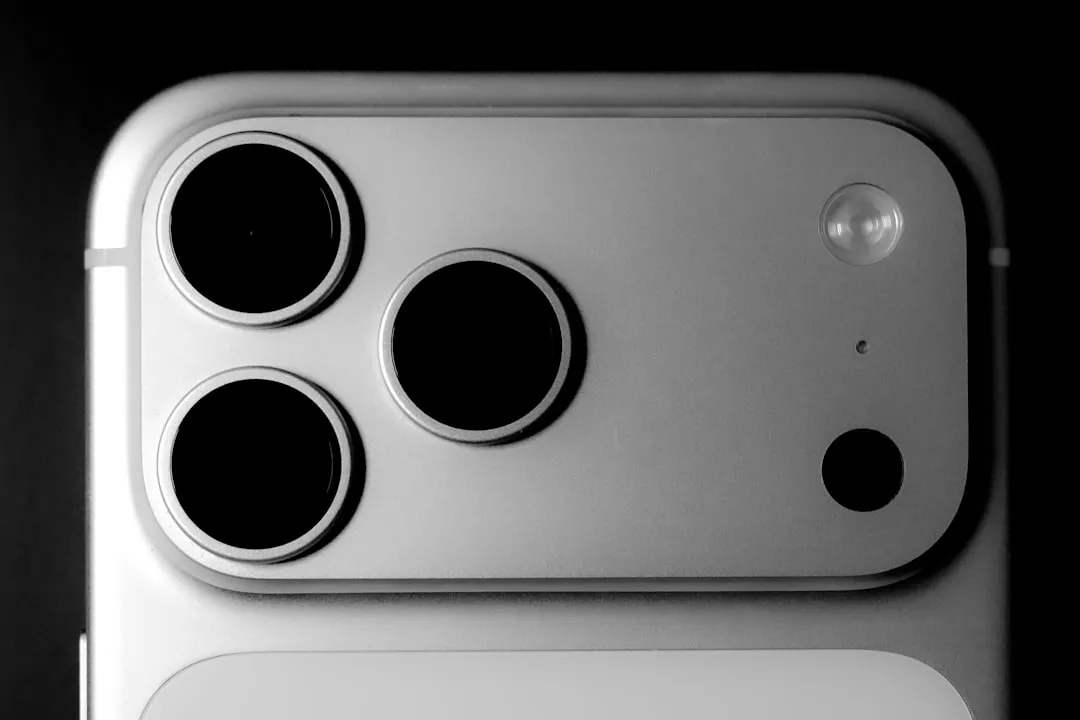






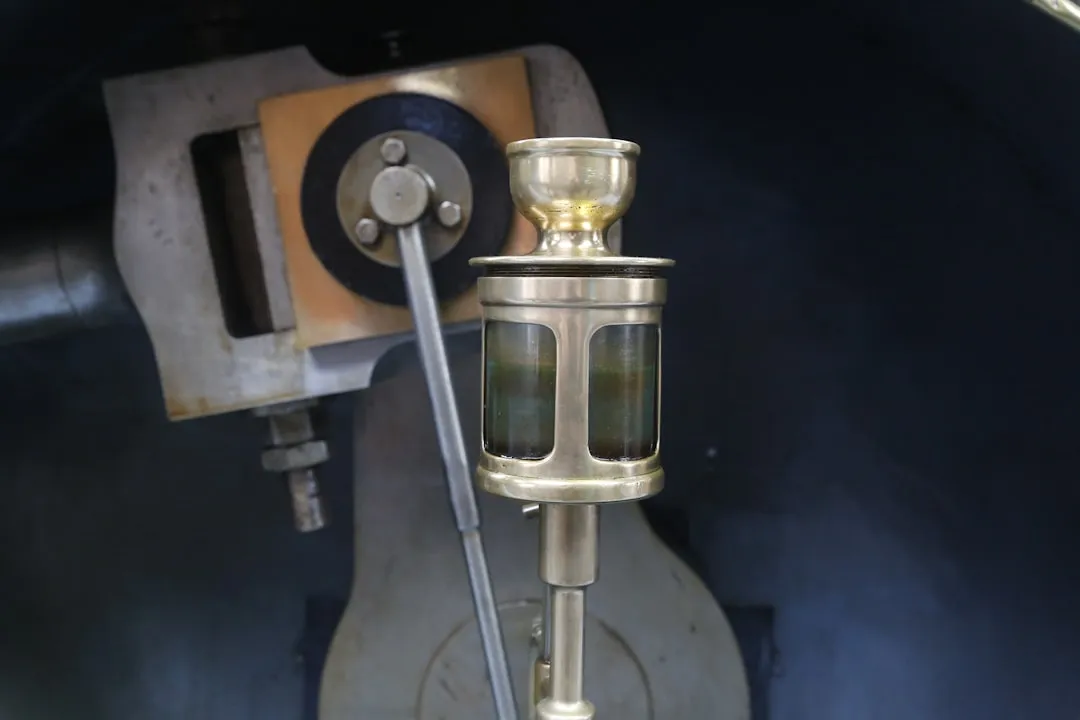

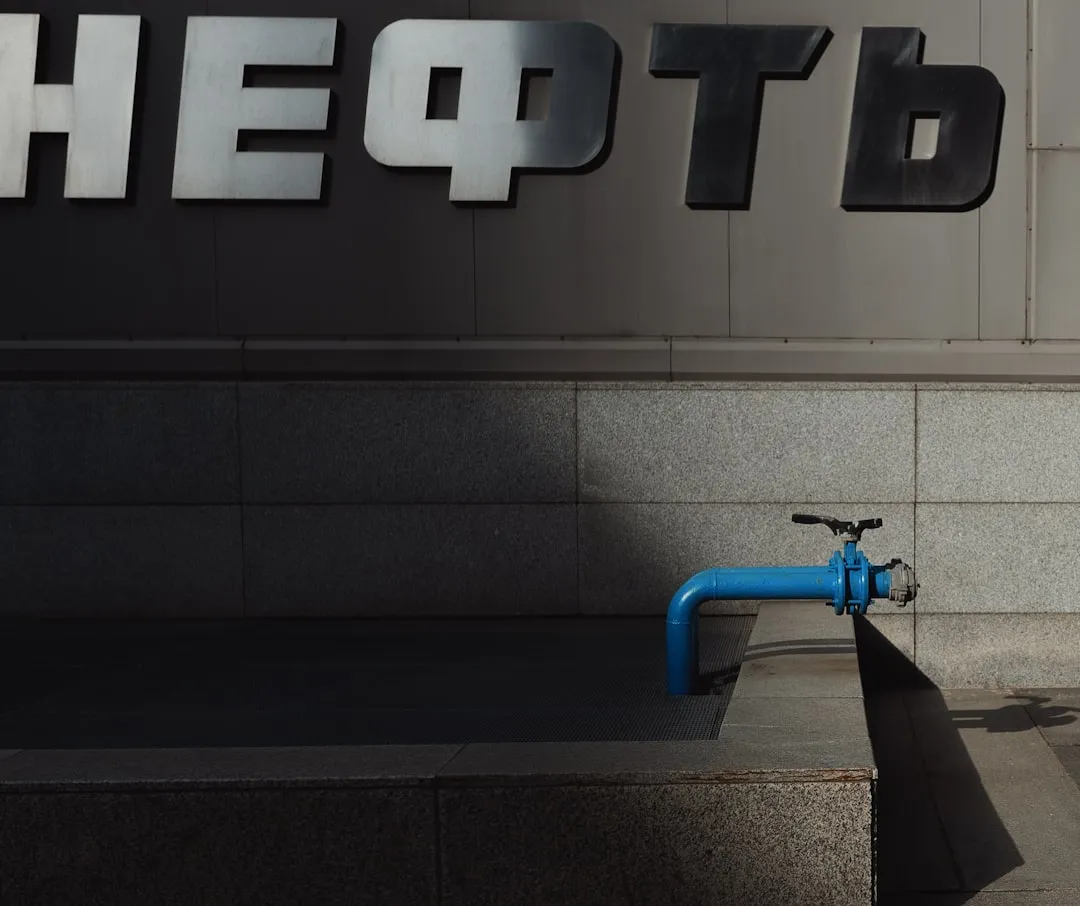
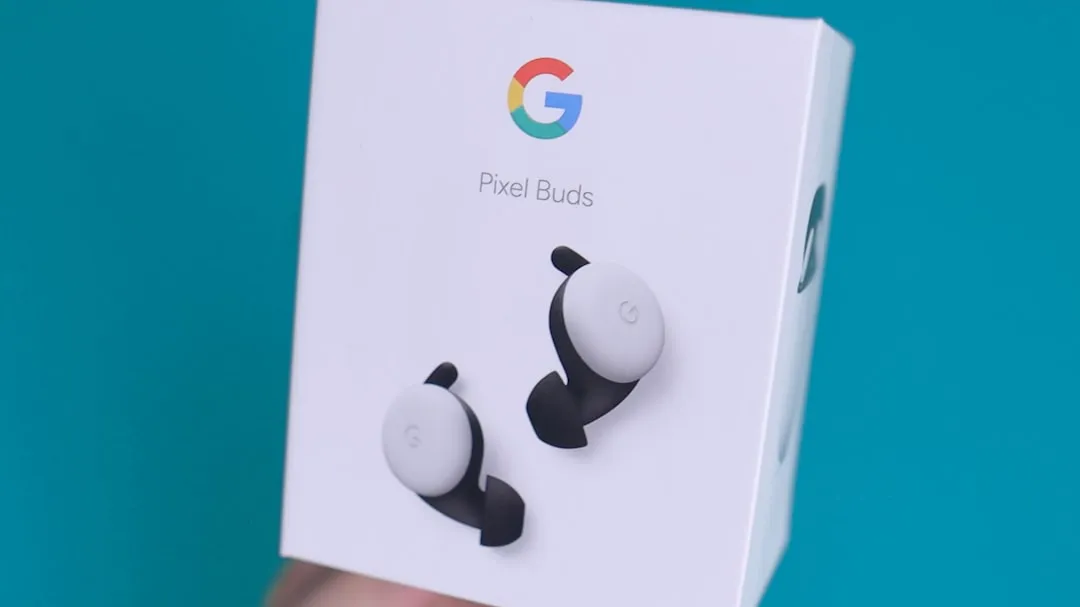
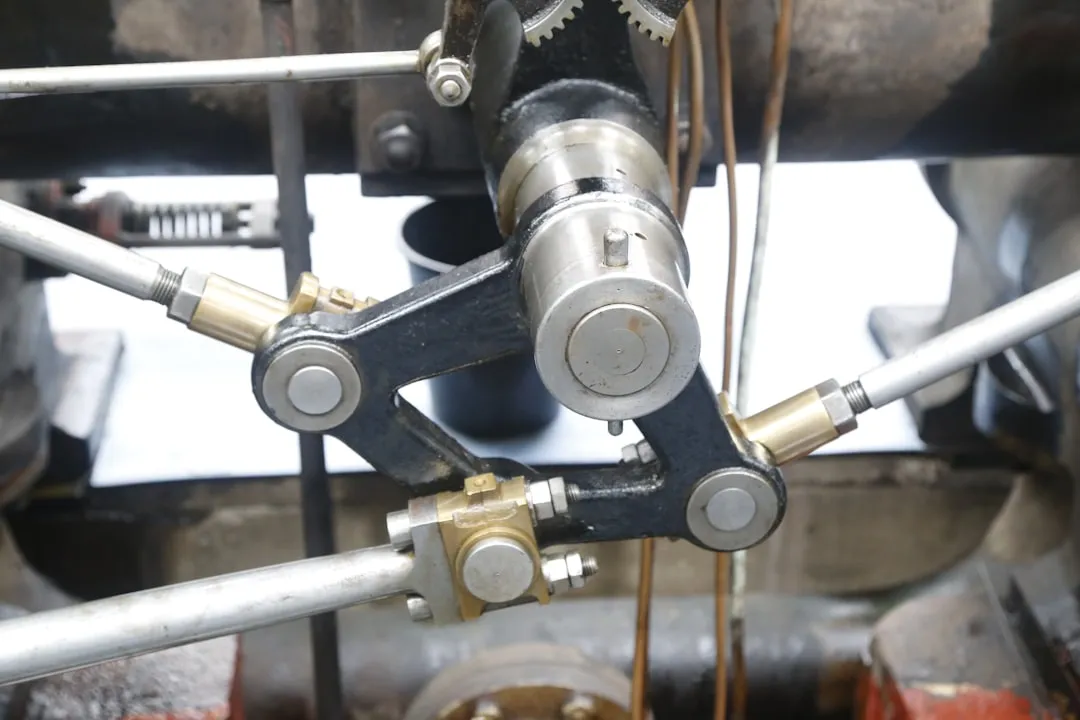
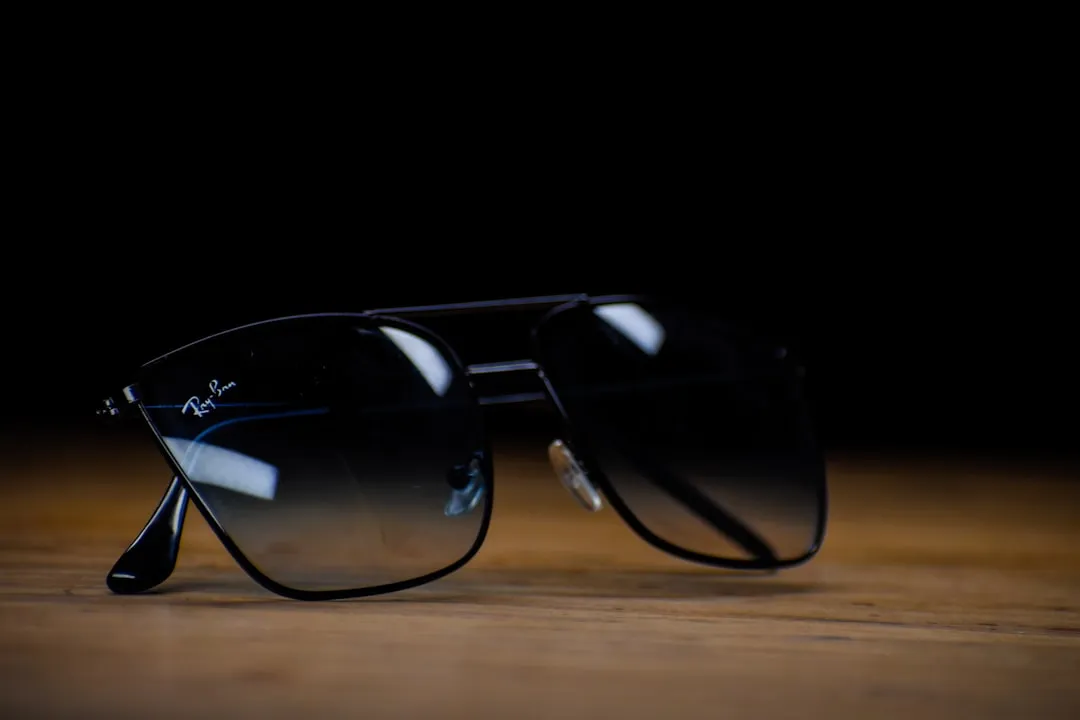
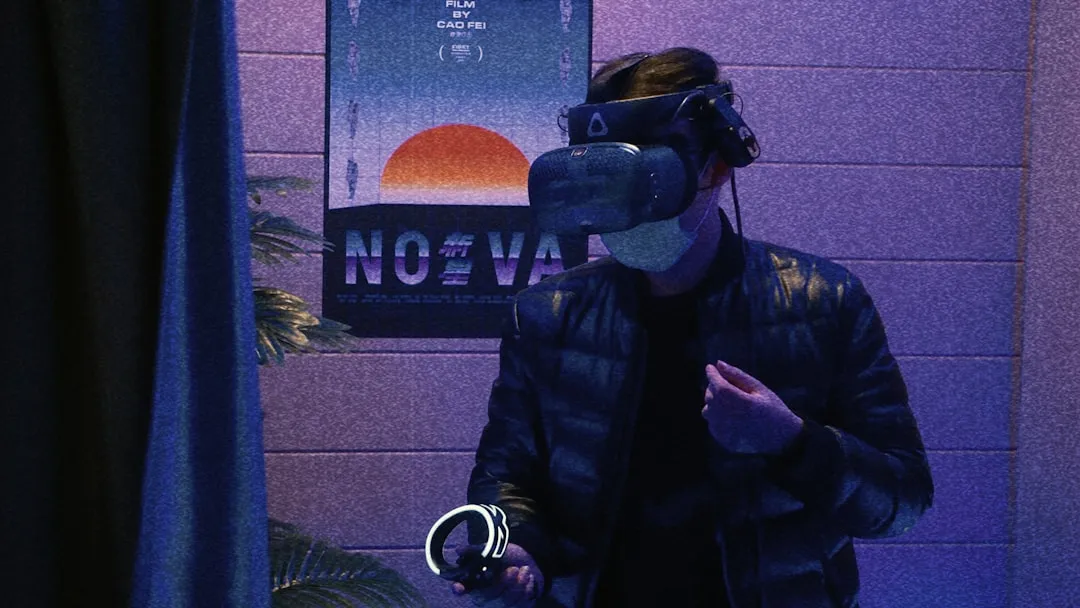
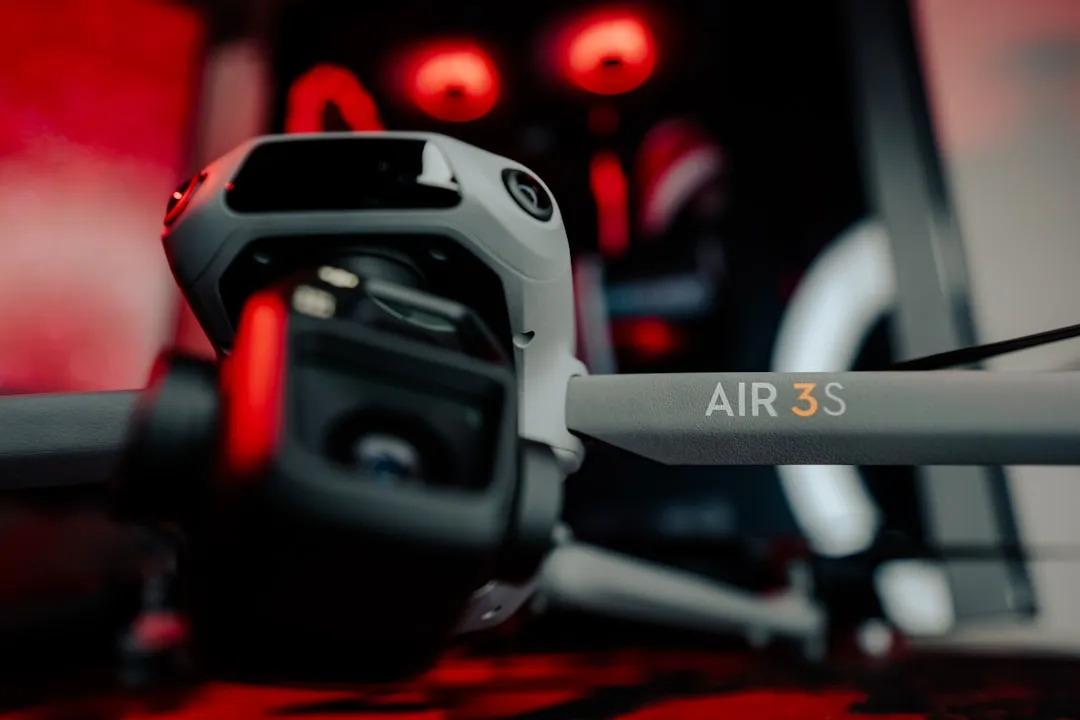

Comments
Be the first, drop a comment!